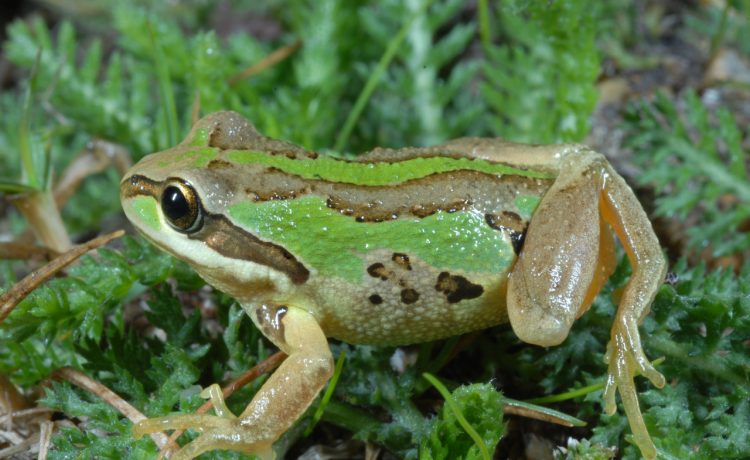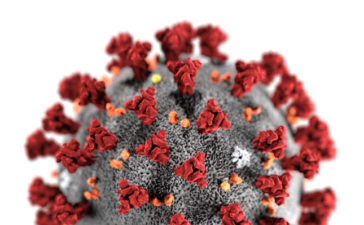Panama City: Frog skin bacteria may help develop alternative drugs to treat fungal infections that are becoming more drug-resistant in humans, finds a study.
The study showed that Pseudomonas Cichorii — a bacteria with antifungal properties living on frog’s skins — can potentially inhibit the growth of Aspergillus Fumigatus (A. Fumigatus) — a fungus that causes invasive aspergillosis — an infectious disease — in humans with impaired immune system.
The research also holds promise for frogs, as the bacteria may help defy the chytridiomycosis epidemic, a major cause of disease-related deaths among amphibians worldwide, the researchers said.
“We are showing to the scientific community a set of possible alternative molecules to fight fungal drug resistance in humans,” said lead author Christian Martin, from the Institute for Scientific Research and High Technology Services in Panama.
“Although more studies are needed, our collaboration could spark interest in conservation of amphibians as a novel source of bioactive compounds in humans.
“For amphibians, this is a promising study because there are only four chemically described bacterial secondary metabolites that inhibit chytrid fungi,” Martin said.
Frog skin bacteria may help fight fungal infections in humans:
For the study, published in Scientific Reports journal, the team travelled to the Chiriqui highlands in Panama, where the chytrid fungus, responsible for the disease chytridiomycosis, has severely affected amphibian populations.
They collected samples from seven frog species to find out what kind of skin bacteria they harboured.
In the laboratory, 201 bacterial strains were retrieved from the samples and tested against A. Fumigatus, in patients having an impaired immune system.
Of these, 29 showed antifungal activity, but particularly one bacterium called Pseudomonas Cichorii showed the greatest potential to inhibit the growth of A. Fumigatus.
“I consider that bioprospecting compounds from skin secretions or bacteria living in frog’s skins is just the beginning,” said scientist Roberto Ibanez from the Smithsonian Tropical Research Institute in Panama City.
“This research has identified an antifungal compound produced by frog skin bacteria, which may be used to control pathogenic fungi affecting humans and amphibians. More research will be required to determine its potential medicinal use,” Ibanez said.





